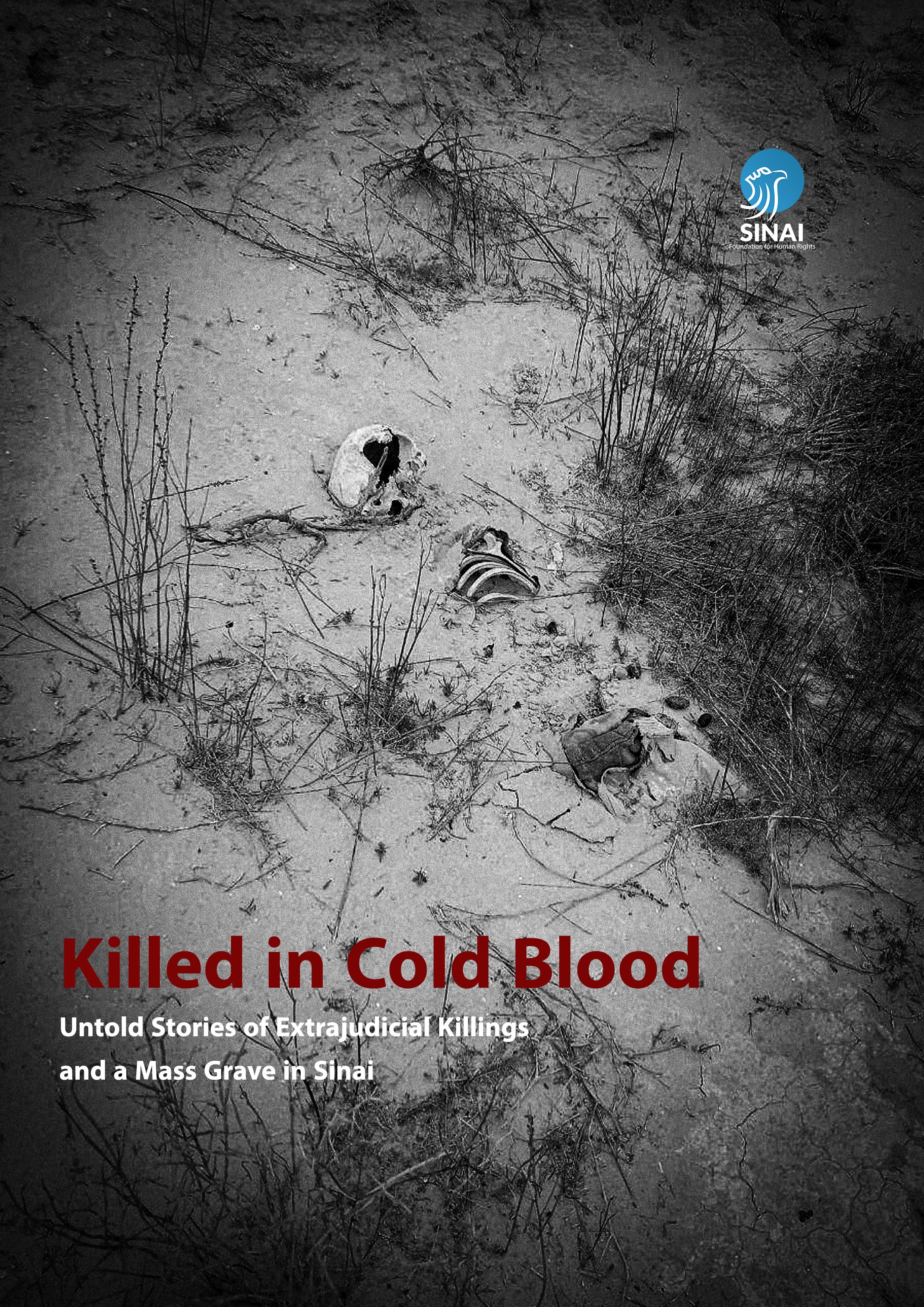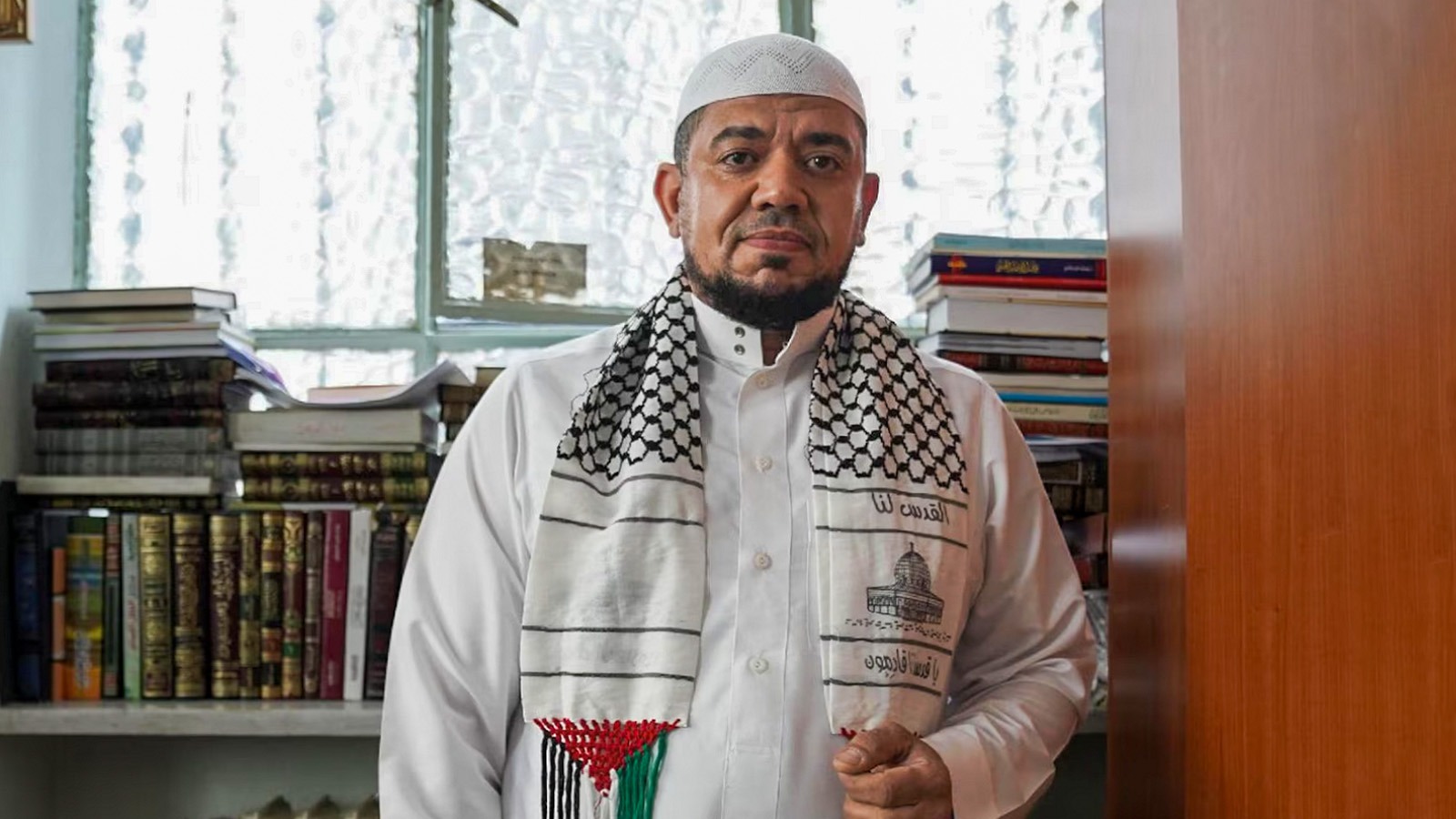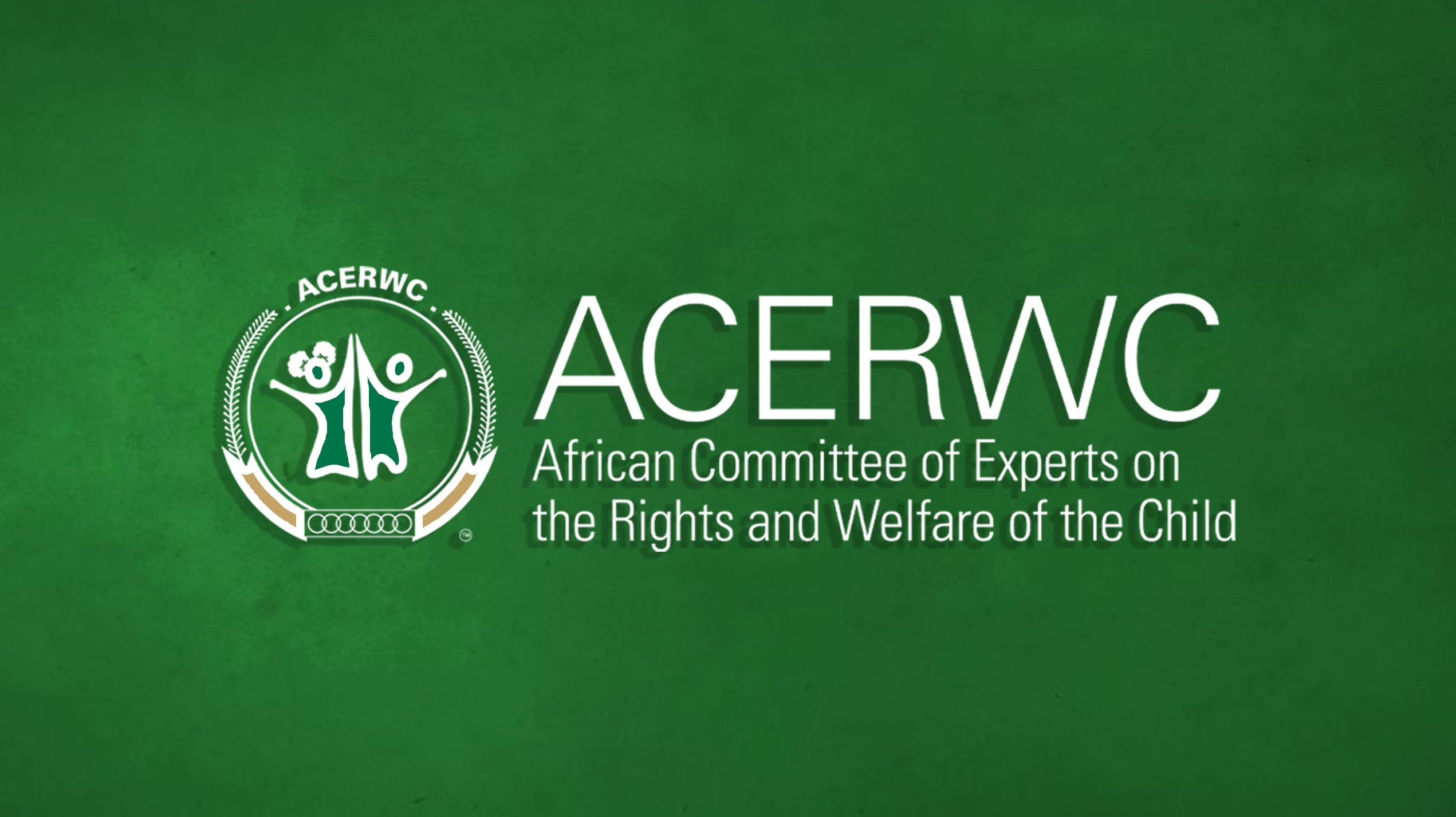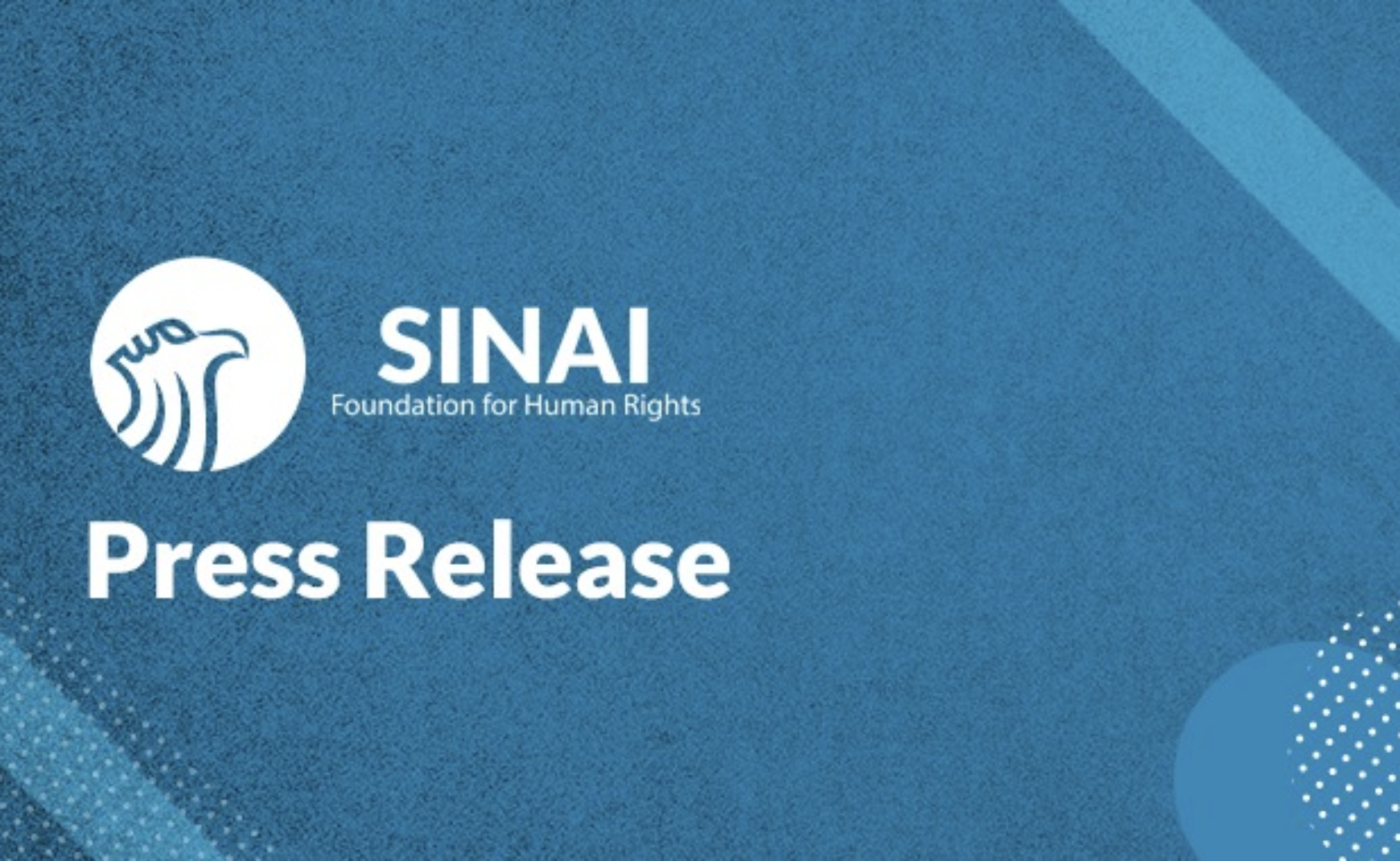Introduction and Acknowledgment
Since we began documenting extrajudicial killings in Sinai, I have often found myself paralyzed in moments of shock, staggered by the horror recounted by the victims’ families. In those moments, I kept asking myself: if the Egyptian government could do this to Giulio Regeni, what could possibly stop it from doing the same hundreds of times to the Bedouins—those whom no one would ever sympathize with? I am a Bedouin myself, from the tribes of Sinai, and I know exactly what that means.
— Ahmed Salem, Executive Director, Sinai Foundation for Human Rights
This deeply rooted dehumanization of Sinai’s people—especially in times of security unrest—is not a matter of speculation. It was articulated bluntly by a senior Egyptian security official, as revealed in a U.S. diplomatic cable leaked in 2005 (No. 05CAIRO1978_a). During an official meeting with American diplomats in Sinai, shortly after the 2004 Taba and Ras Shaitan bombings, the official remarked:
“The only good Bedouin in Sinai was a dead Bedouin.”
This document, classified as Secret and issued by the U.S. Embassy in Cairo to the State Department, exposes more than just a private opinion. It reflects a prevailing political-security mindset that legitimized arbitrary detention and extrajudicial killing of an entire marginalized indigenous community. Such institutional bias against Sinai’s people did not stem solely from counterterrorism pretexts, but from perceiving them as “others”—a domestic threat to be subdued, rather than citizens entitled to protection.
In her memoir The Bone Woman (2004), forensic anthropologist Clea Koff—who took part in the excavation of mass graves in Rwanda, Kosovo, and Bosnia—recounts what the remains of victims revealed to her. She asks:
Why did those governments decide to murder their own people? I think the answer is self-interest. Particular people in a government of a single ideology… supported national institutions that maintain power for themselves.
Through this report, the Sinai Foundation for Human Rights seeks to listen to the voices of victims -whether alive or reduced to their remains- to restore their narratives and pose fundamental questions: Who was killed? How? Why? And who is responsible? We write not only for the past, but to ensure that crimes committed in darkness, against nameless bodies, are never repeated, and with the hope that justice and accountability may one day be achieved.
The Sinai Foundation for Human Rights extends its deepest gratitude to the families who shared their testimonies and entrusted us with their voices, despite the risks and pain. The Foundation also expresses its profound appreciation to its team members, each of whom played an essential role without which this report would not have been completed, nor this mass grave uncovered, save for their courage and determination to reveal the truth.
The Foundation further thanks the team at Forensic Architecture for their partnership and technical support in analyzing the mass grave site and satellite imagery, which formed a cornerstone of this report.
Finally, the Foundation pays tribute to the unnamed witnesses who risked their lives to bring the truth forward, and to all those who contributed silently to exposing what took place.
Related Postes
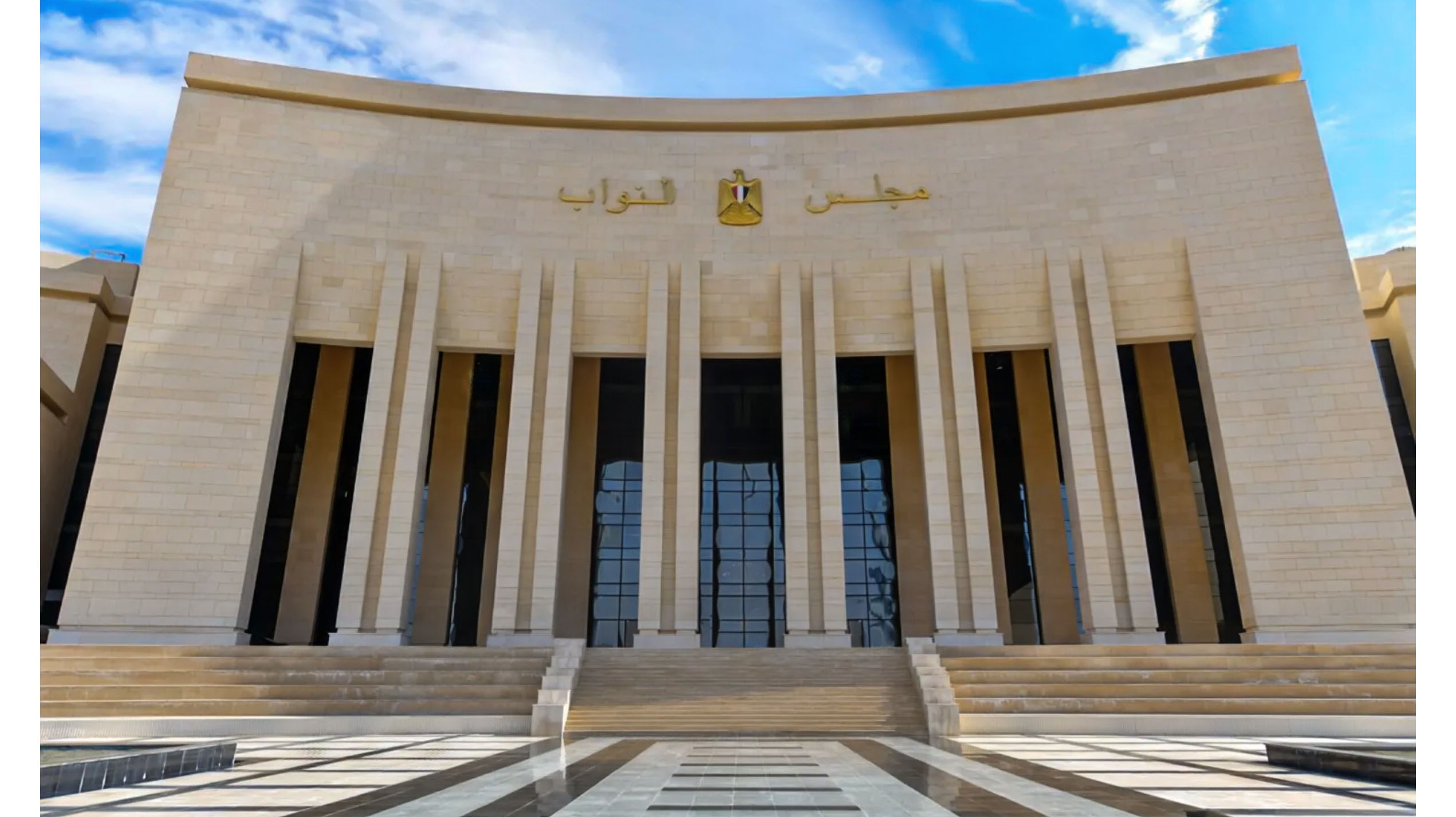 English content
English content

